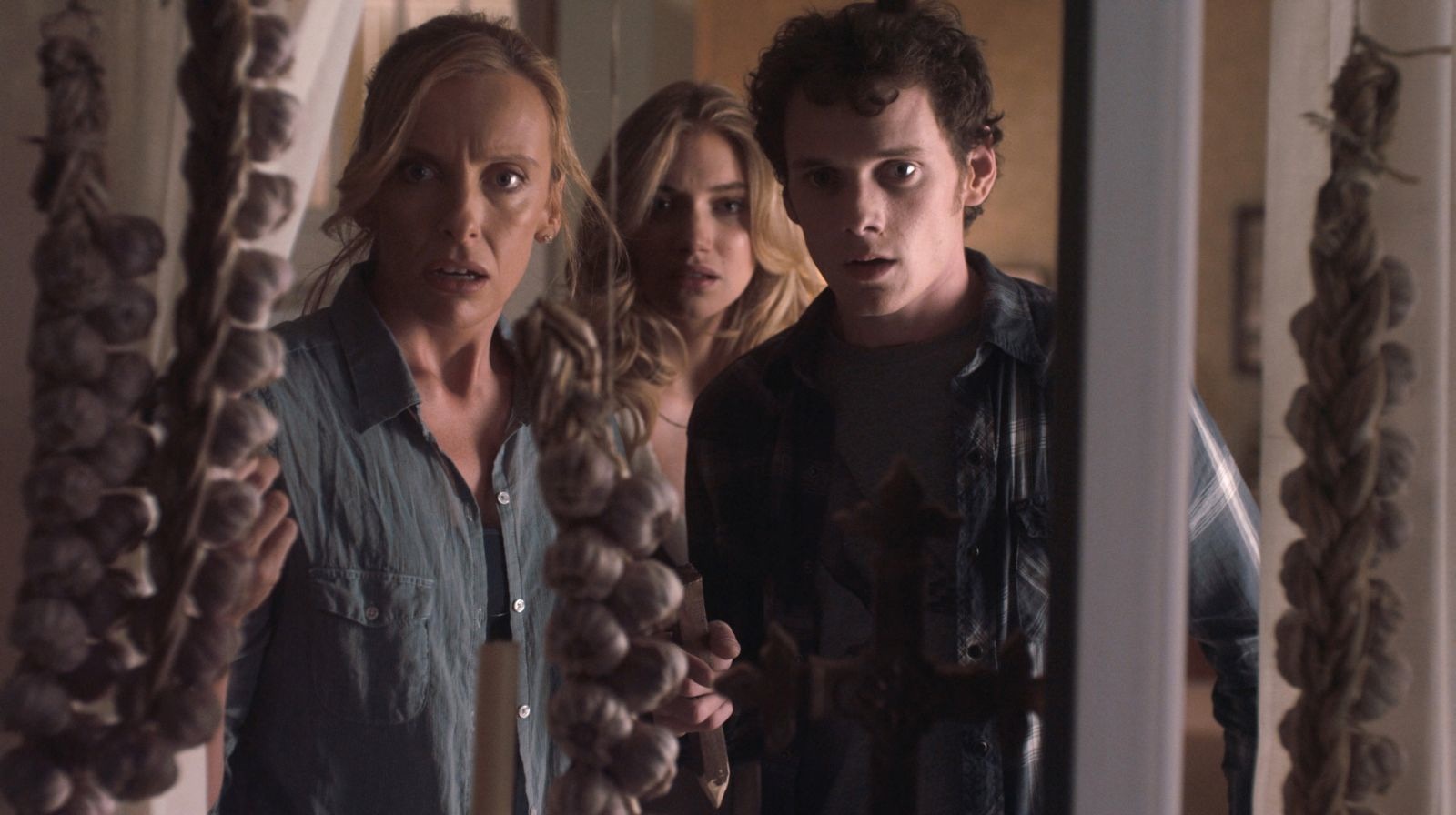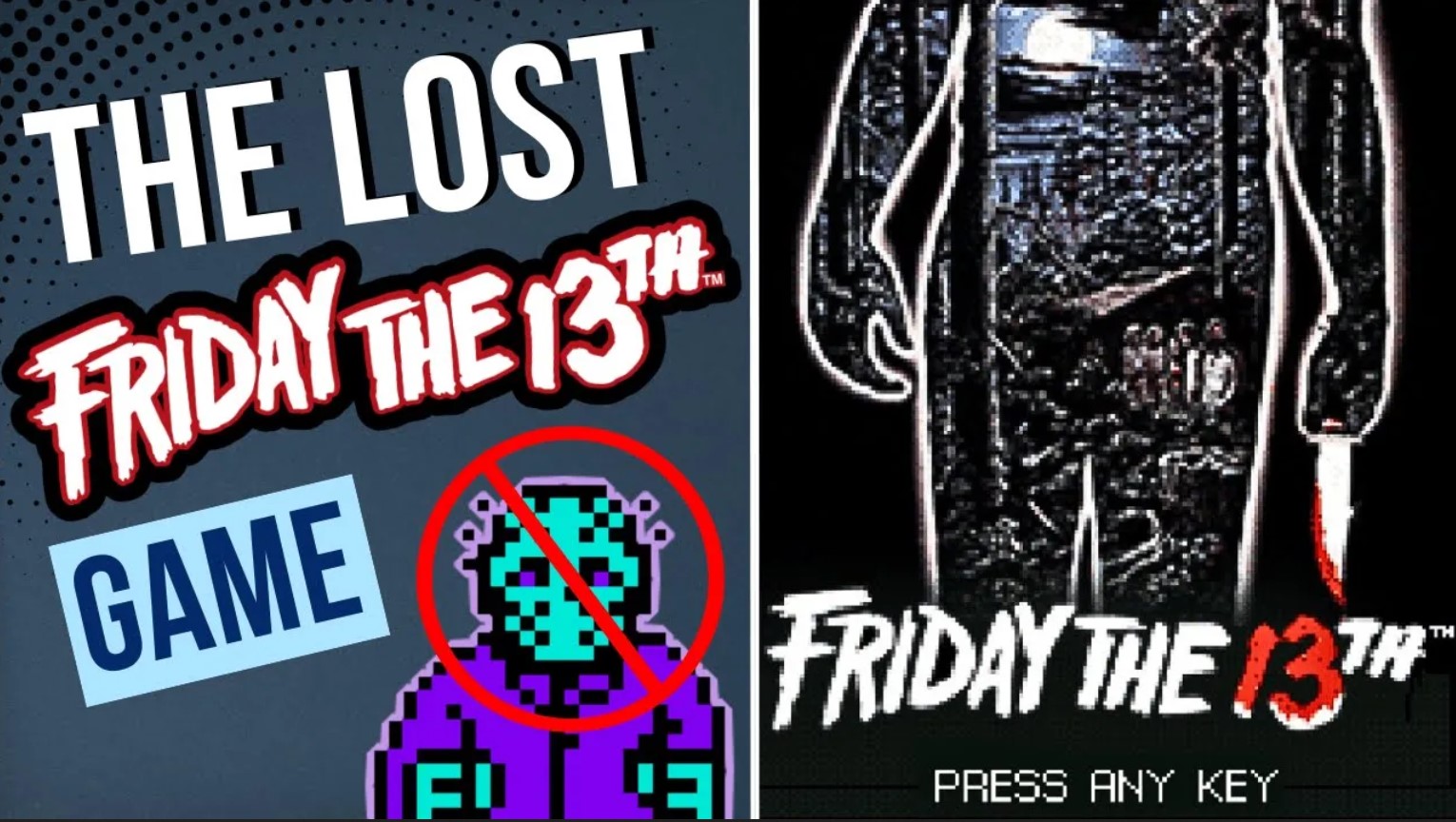“You were born for this. You know it. It’s a gift.”
It’s a common adage that only bad or mediocre movies should be remade, and as a result of that, everyone’s mileage varies on not only the substance of a remake but also on the very idea. Many horror puritans find the existence of Zack Snyder’s Dawn of the Dead heretical, even though it’s better than George Romero’s. On the other hand, you sometimes wind up with dreck like the 2020 remake of Castle Freak. So how do you approach a remake of film that isn’t exactly a classic, but it still well-regarded? Don’t ask me, I’m not a filmmaker. Ask director Craig Gillespie, because his 2011 version of Fright Night is not just better than Tom Holland’s original, it’s vastly better, capitalizing on Holland’s premise and bolstering it with a score of fine performances and more than a few scares.
Fright Night follows the same structure as its namesake, with a couple artistic flourishes I really admired. The cold open is tense and disorienting, and dovetails nicely with the main plot; the action takes place in Las Vegas, a city of facades where nothing is real; and our main characters live in a suburb apart from the city itself, an almost perfect square of conformity, identical houses nearly stacked atop each other. Perhaps the biggest coup of Gillespie’s film is its incredibly stacked cast, starting with the late, sorely missed Anton Yelchin as Charlie Brewster, an unassuming kid who is going to be knee-deep in vampire business very shortly.

Charlie has a life any teen would be envious of: a beautiful girlfriend (Amy, played by Yelchin’s Green Room costar Imogen Poots), a clique of cool friends (including Dave Franco), and a dirt bike that doesn’t work. Okay, he has almost everything. He gets even less when an old friend of his, “Evil” Ed (Christopher Mintz-Plasse) demands Charlie’s help investigating the house of one of their missing schoolmates. Evil Ed was the worst character in Holland’s film, made even worse by the beyond dreadful performance of Stephen Geoffreys. Gillespie’s film recognizes something early on that Holland’s never did: Ed kinda sucks. Mintz-Plasse embraces the needy, painfully introverted side of the character, and it makes for a much better performance.
What might surprise most about Fright Night – at least, those willing to write it off as yet another cynical ploy to cash in on nostalgia – are the quiet character moments, the times we get to see the inner lives of what could be stock characters. While investigating the house, Charlie and Ed get into an argument, and I should point out that this happens fifteen minutes into the film; if actors of lesser caliber were given the same material, the scene would land with a thud, but Yelchin and Mintz-Plasse are able foils for each other, and the shared history between the two is evident. They hurt each other the way only teen boys can.
The cool thing about the script – by Sharp Objects creator Marti Noxon – is that it takes a kind of Big Trouble in Little China approach to its first act, in which our main character is actually the sidekick. Ed already knows he’s in a vampire movie. He and the missing boy, Adam, had been tracking vampiric activity and pinpointed the location of the bloodsucker responsible: next door to Charlie. Obviously Charlie is dubious, but it’d be a pretty boring movie if Ed were wrong.
Look, I won’t waste your time by going over every single plot detail. If you’ve seen the version of this from 1985, it’s largely the same. Another of Gillespie’s casting coups is Colin Farrell as Jerry Dandridge, the vampire neighbor. After Minority Report, Hollywood knew they wanted Farrell in movies, but they had no idea how to use him, which is why he popped up in such forgettable fare as Daredevil and The Recruit. Michael Mann figured it out in Miami Vice, Martin McDonagh showed another facet in In Bruges, and Craig Gillespie combines the two here. Farrell plays Jerry like a mix between an outlaw and a jungle cat; his conversations are sprinkled with furtive looks over his shoulder, and every now and then a smile plays across his face, because this a vampire who just genuinely enjoys being evil. Farrell said in interviews that Jerry was tough to play because he has no soul, but Farrell found something at the core of him and latched onto that. Farrell is riveting.

David Tennant is no slouch, either, as Peter Vincent, hacky stage magician and self-proclaimed vampire expert. This is the film’s showiest role, and Tennant does a great job. We learn that his cynical facade is just that, and at his core he’s wounded and scared, and for good reason: Jerry killed his parents. (“Look at you, all grown up,” Jerry purrs when they meet again.) And it’s due to Peter that the film has its coolest set piece, a showdown between living and undead in Peter’s Gothic penthouse filled with medieval weaponry.
The makeup effects are terrific. When Jerry shows his true form, it’s as far removed from human as you can imagine: a mouth stuffed full of too many fangs, guttural growls and moans in place of words. (Ed tells Charlie near the beginning: “He’s not brooding, or lovesick, or noble; he’s the fucking shark from Jaws.”) When Jerry regresses to a CGI creation, it’s less impressive, but that’s a minor bump in the road. This is one of the few vampire films where the vampires are actually scary, and I commend it for that. They can’t be reasoned with, or outfought, or tricked. They’re the apex predators. Peter makes a good point when he says that hiding is smarter than fighting.
There are always going to be horror remakes – we talked about one just yesterday, for crying out loud – and for the most part they’ll be ignorable. Which is why it’s worth sitting up and paying attention to one that is not just good but is actively better than the original. This is one of the better films we’ve reviewed here at 31 Days of Fright, and I don’t say that lightly. Fire it up now, if you haven’t seen it already. Welcome to Fright Night. For real.




